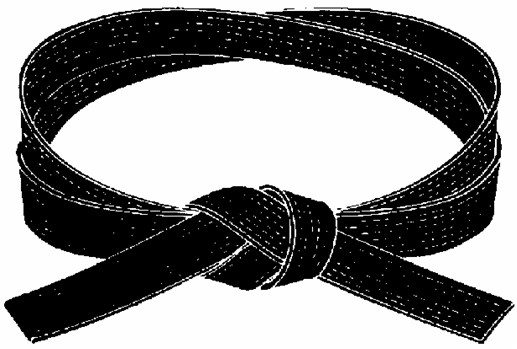Shikaku (Eligibility Requirements)
To be eligible to test for rokudan, a candidate must meet all of the eligibility requirements listed below:
| n | A minimum of sixty (60) months training in Shimabukuro-ha Shitō-Ryū karate-dō since promotion to godan | |
| n | A minimum age of 40 years** | |
| n | Participate in a minimum of five hundred (500) one-hour karate training classes since promotion to godan. |
| n | Consistently exhibit satisfactory attitude and behaviour outside the dōjō | |
| n | Consistently exhibit appropriate attitude and behaviour in the dōjō | |
| n | Submit a written request for promotion testing on the prescribed form | |
| ** | tudents holding ranks of rokudan (6th degree black belt) and higher are expected to have held teaching licenses (menkyō) and positions of substantial responsibility for a decade or more. They are also eligible to be awarded the title of Renshi or Kyōshi. A rokudan must therefore possess the requisite personal maturity and experience to have served as a leader in the dōjō, workplace, and/or community. |
>back to top


